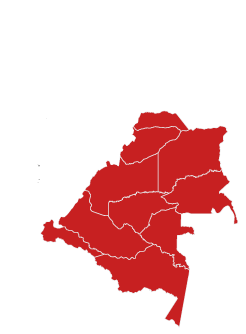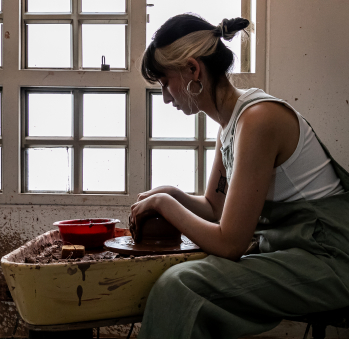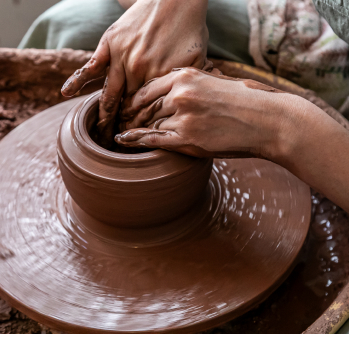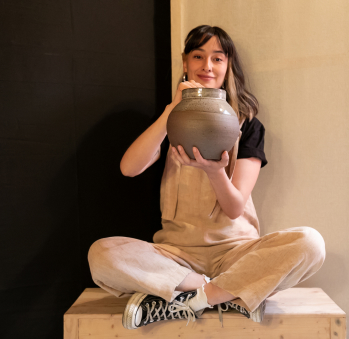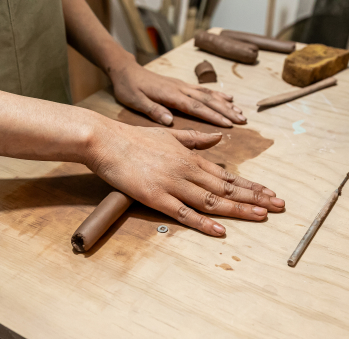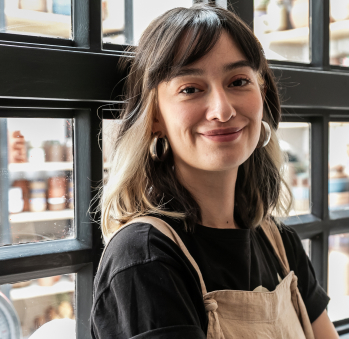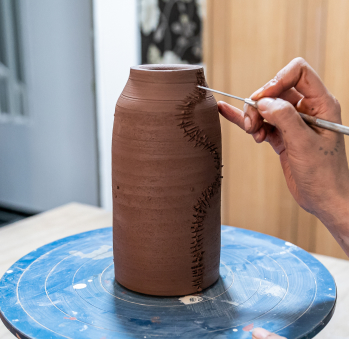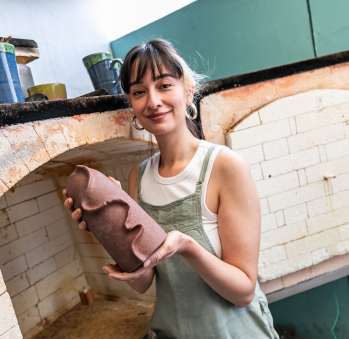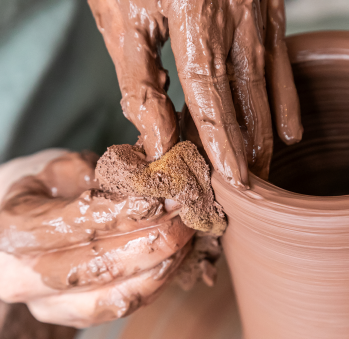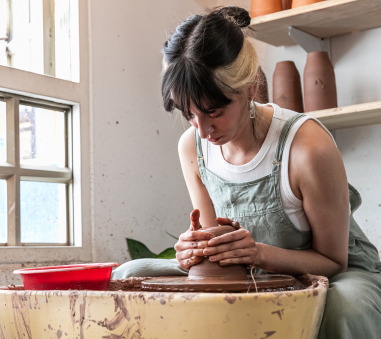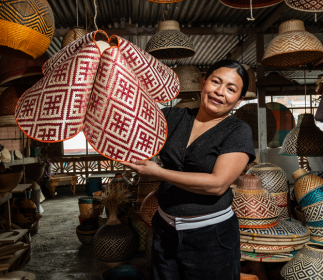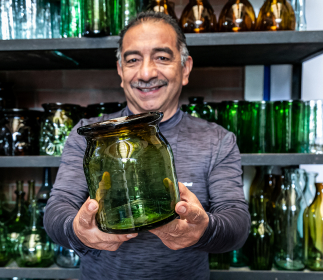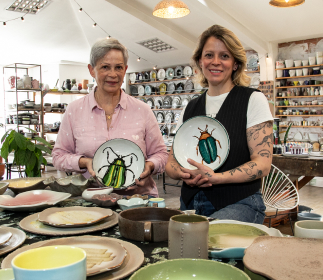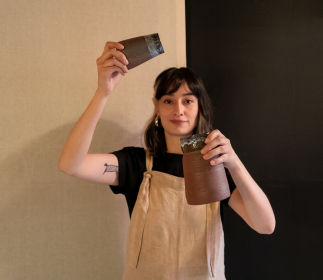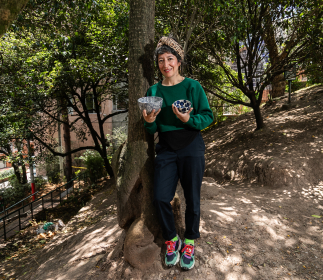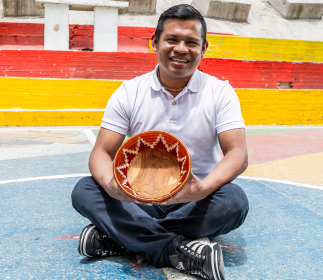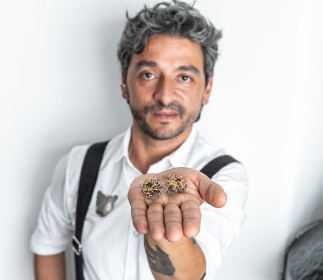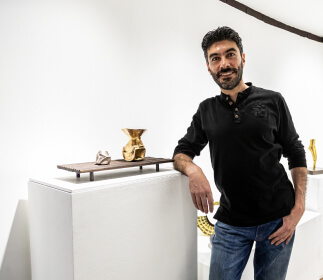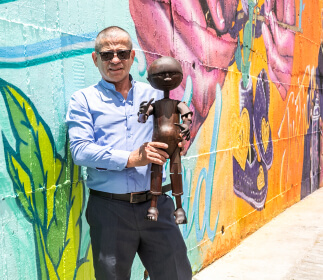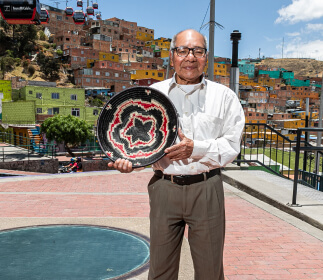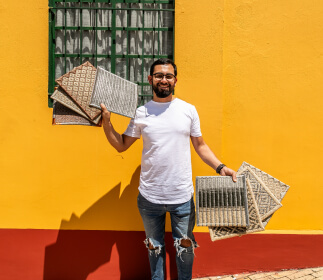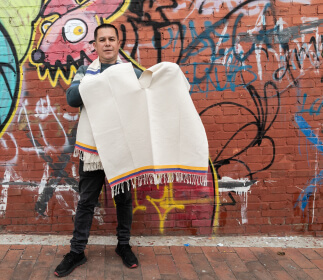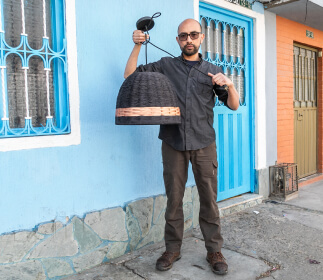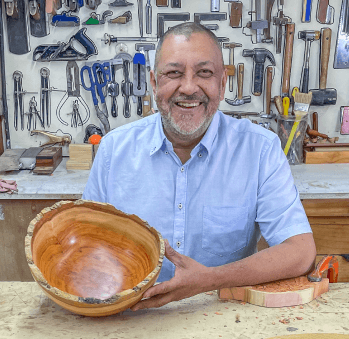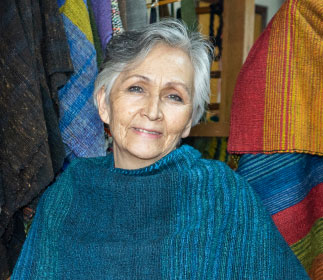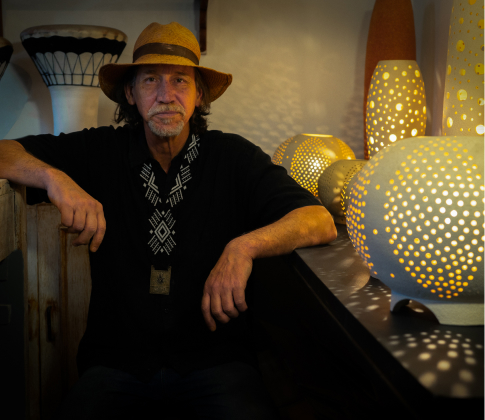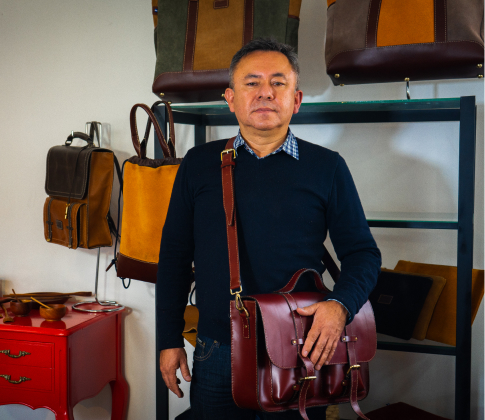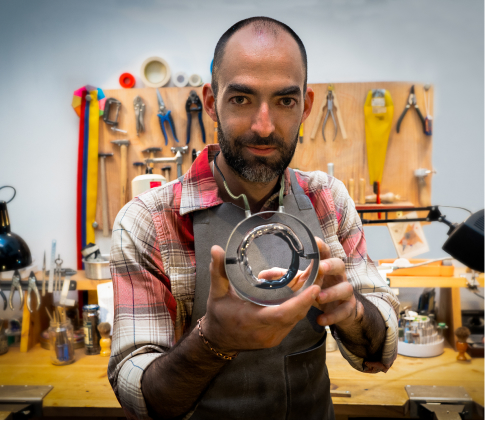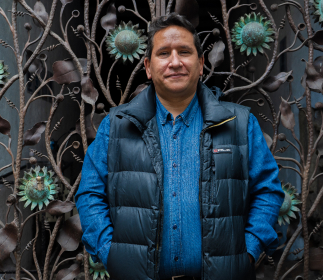Laura Arias
Taller: Cándida Cerámica
Oficio: Alfarería y cerámica
Ruta: Ruta Bogotá
Ubicación: Bogotá, Bogotá
A Laura nunca le gustó la carrera de Diseño Industrial que estudió. Le molestaba esa jerarquía con la que tantos diseñadores se ponen frente a los artesanos y otros hacedores, como dictándoles cátedra cuando éstos tienen tanto conocimiento como ellos. O más. Le incomodaba, también, que se llegara a los pueblos artesanos, muchos de los cuales, sumidos en una pobreza estructural, y se gravitara sobre ellos, extrayendo todo un saber y volviéndolo “moda e innovación”. Con el agravante de poner en riesgo la tradición en favor de una lógica mercantil que terminaba siempre ganando la partida. Todos estos temas la atormentaban, hasta que encontró un par de clases con las cuales poner sus inmensos dilemas en perspectiva: Diseño crítico y Diseño social.
Y es que le resultaba increíble tener que diseñar, por ejemplo, un electrodoméstico, cuando hay tantos lugares del país sin luz. Así que, al llegar al momento de la tesis, era apenas natural que no quisiera diseñar productos como resultado de sus investigaciones, por lo cual se enfocó en estudiar, justamente, lo que le molestaba y, así, entenderlo mejor para, de este modo, enfocar su propio trabajo. Su objetivo: tener conciencia de dónde venían las cosas. Seguía así, su vocación de antropóloga. Algunos de los ejercicios que hizo para trazar orígenes fue trabajar alrededor de la mochila. Le parecía la prenda ideal para mostrar que todos la usamos sin saber realmente lo que significa. De este modo, les pidió a unas artesanas que le escribieran en sus símbolos insultos. Nadie lo notaría, como tampoco nota la hondura de su pensamiento tejido. Luego, se fue para El Carmen de Viboral y les pidió a los hacedores de las reconocidas vajillas que le pintaran, en lugar de flores, armas, como alusión a la violencia que se padeció por años en ese municipio antioqueño. Buscaba señalar que todo objeto artesanal carga una historia y no es, simplemente, decorativo.
Entre remolinos emocionales, fue así como llegó al barro y, como caso de estudio, al pueblo alfarero de Ráquira, en Boyacá. Entre viajes y preguntas vio cómo este pueblo al que lo ha definido la artesanía no le era ajena la discusión que quería dar. Miró y miró con detenimiento movimientos que no le gustaron, como la estandarización de productos esmaltados que poco tienen que ver con la alfarería raquireña, así como piezas con íconos populares como Buzz Lightyear o Hello Kittys, en barro, en lugar de los tradicionales chanchitos. Sentía, desconsolada, cómo el capitalismo se estaba tomando también a este pueblo.
Ahora bien, ¿cómo llevar todas estas reflexiones al terreno de lo práctico? Primero que todo, aprendiendo el oficio. Honrándolo con el trabajo. Bajándoles las revoluciones al pensamiento y pedaleando el torno para encontrar el sentido. Ya había aprendido joyería, en donde se concentró en la belleza simétrica de los hongos, pero fue en el barro en donde sintió que podía decir algo más. Y, así, entre talleres con maestros que le fueron señalando la maravilla del hacer, ese en donde la comunicación pasa a través de las manos, sin tanto discurso, supo que allí, entre arcillas, era en donde quería pasar el resto de sus días. “Quiero ser una resistente”, se dijo, por eso, primero que todo, decidió no intermediar con artesanos de otras comunidades, para no imponerles nada de nada. Luego, trabajar con el barro sin esmalte, para que se sepa que es barro, que se está pisando la tierra al tomar alguna de sus piezas. Y, por último, contar, contar siempre que su materia prima proviene de Ciudad Bolívar, zona ladrillera por excelencia, pero habitada desordenadamente por necesidad. Con sus piezas cuenta historias, las del barrio, las del color de la ciudad, las del territorio con pasado. Y hace vajilla como esculturas, para siempre sentir la tierra en las manos.
Artesanías
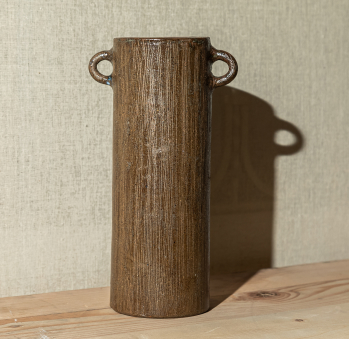
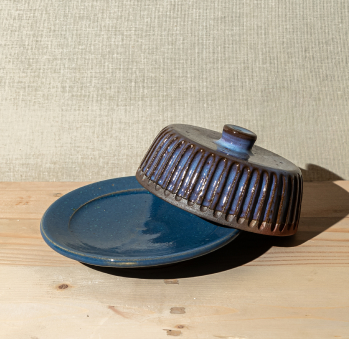
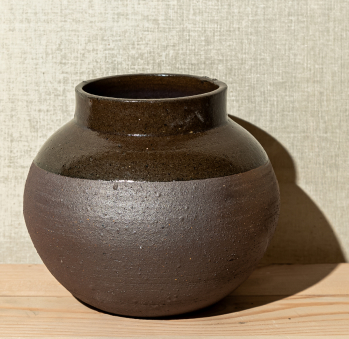
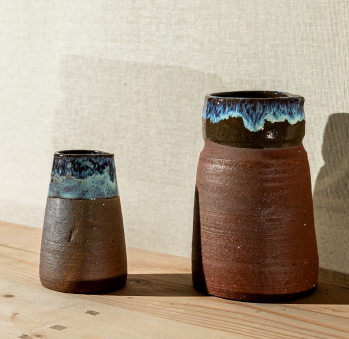
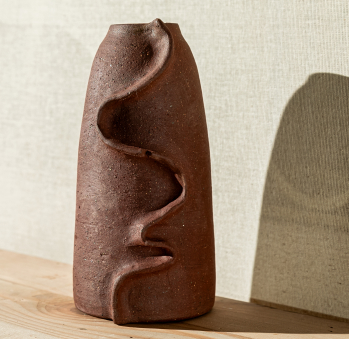
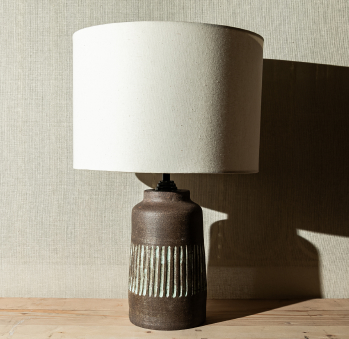
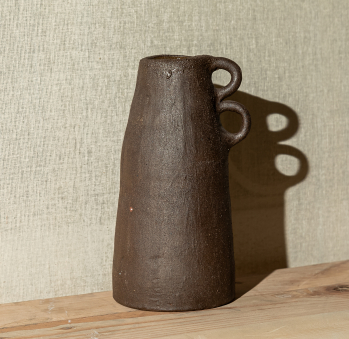
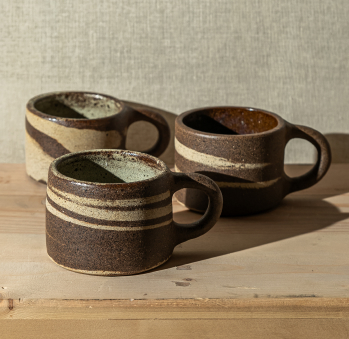








Artesanos de la ruta
Artesanos de la ruta
No puede copiar contenido de esta página

